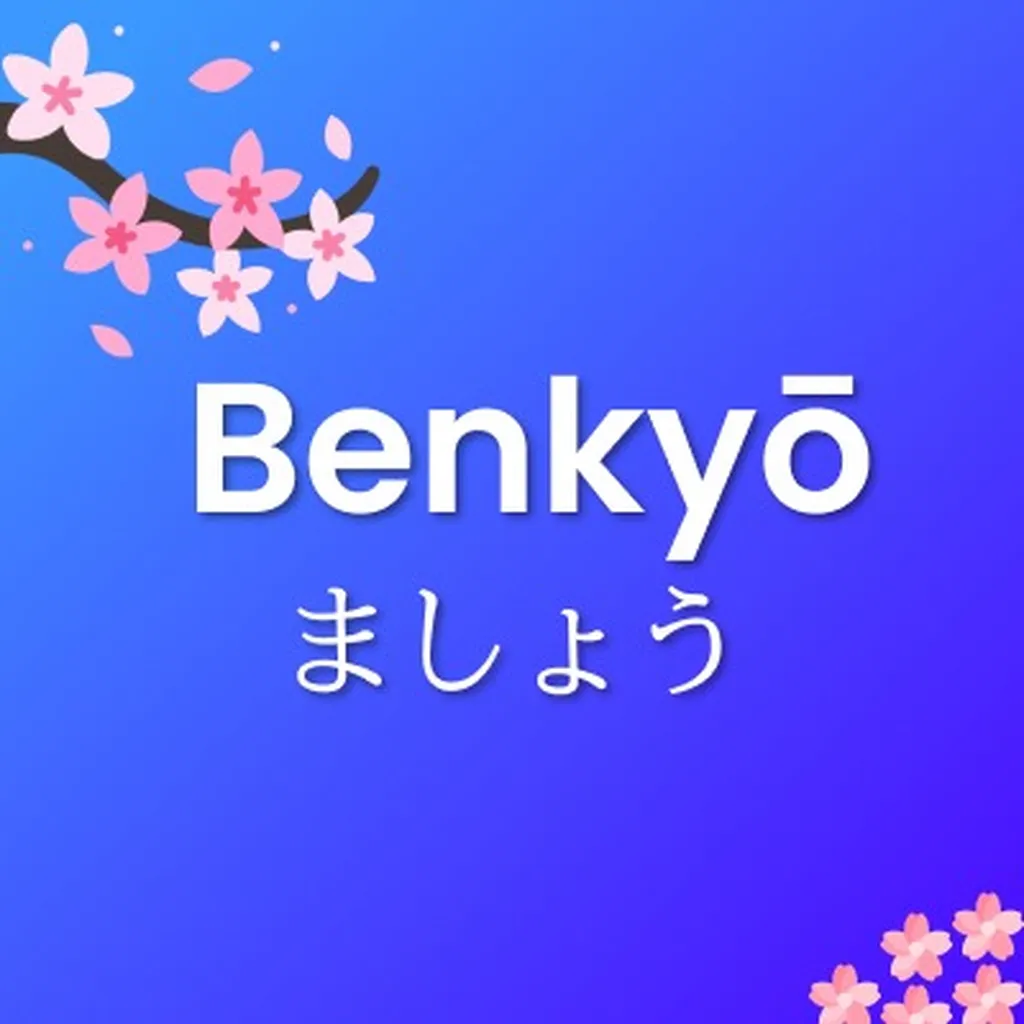Expressing Ongoing Actions with ~ています
The ~ています form is used to describe actions that are currently in progress or ongoing states. This is similar to the "-ing" form in English.
How to Form Present Continuous (~ています)
- Convert the verb to its て-form (as learned in Lesson 11)
- Add います
| Dictionary Form | て-Form | Present Continuous |
|---|---|---|
| 読む | 読んで | 読んでいます |
| 食べる | 食べて | 食べています |
| する | して | しています |
Uses of ~ています
1. Actions in Progress Now
今、本を読んでいます。
Ima, hon o yonde imasu.
I am reading a book now.
Note: Current action in progress
彼は料理を作っています。
Kare wa ryōri o tsukutte imasu.
He is making a meal.
Note: Action happening now
何をしていますか?
Nani o shite imasu ka?
What are you doing?
Note: Common question about current activity
2. Habitual or Regular Actions
毎日日本語を勉強しています。
Mainichi nihongo o benkyō shite imasu.
I study Japanese every day.
Note: Habitual action
この大学で働いています。
Kono daigaku de hataraite imasu.
I work at this university.
Note: Regular, ongoing situation
3. Resultant States
Some verbs in the ~ています form describe the current state resulting from a past action.
窓が開いています。
Mado ga aite imasu.
The window is open.
Note: State resulting from someone opening it
結婚しています。
Kekkon shite imasu.
I am married.
Note: Ongoing state resulting from past action
Casual Contraction: ~てる
In spoken language, ~ています is often shortened to ~てる:
何をしているの? → 何してるの?
Nani o shite iru no? → Nani shiteru no?
What are you doing?
Note: Casual contraction of ~ている
彼は寝ている。 → 彼、寝てる。
Kare wa nete iru. → Kare, neteru.
He's sleeping.
Note: Another casual contraction example
Grammar Note:
In casual speech, ~ています is often shortened to ~てる:
食べています → 食べてる
読んでいます → 読んでるCultural Note:
When meeting someone, Japanese people often ask
"何をしていますか?"
(What are you doing?)
as a way of asking what the person is currently occupied with.
This is different from
"何をしますか?"
which would typically ask about habitual actions instead.
